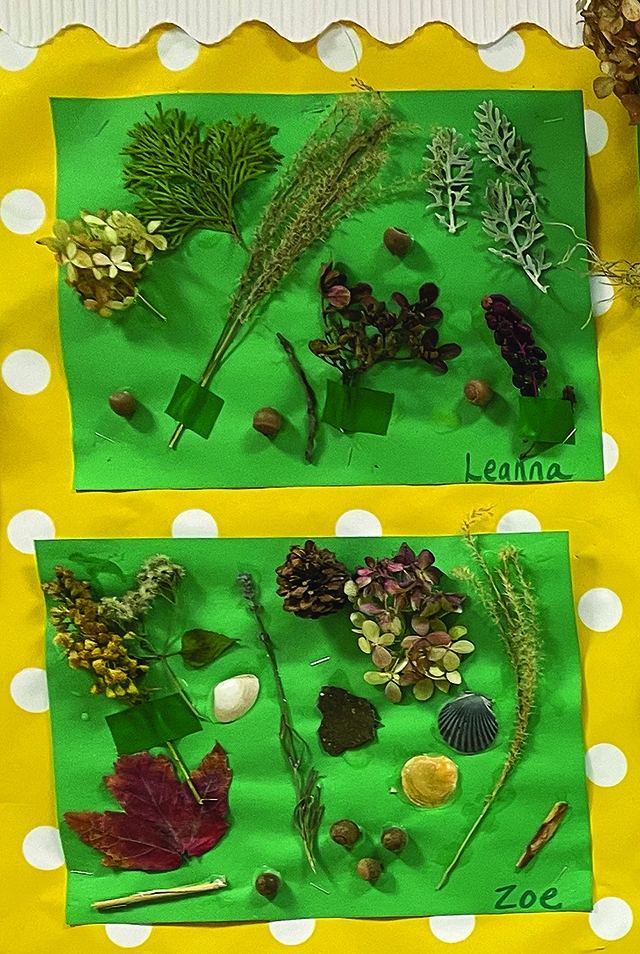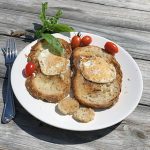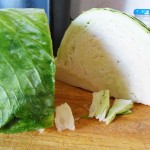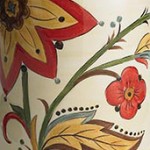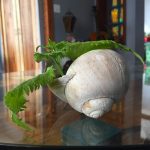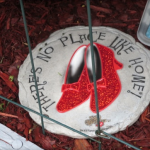Leave The Leaves
The crisp air reminds me of a fall day when I was in grammar school. We went outside and collected leaves from the field next to the playground. My classmates and I were scattered about. I remember feeling anxious, wanting to find the best and brightest ones before everyone else did. I was on a color collection mission. My next recollection is staring at my precious assortment of orange and red leaves on an off-white table. I don’t particularly remember what the art project entailed or what I made. I do recall my art teacher explaining that she would laminate our final creations and I thought that was cool. I know I enjoyed the project and process very much.
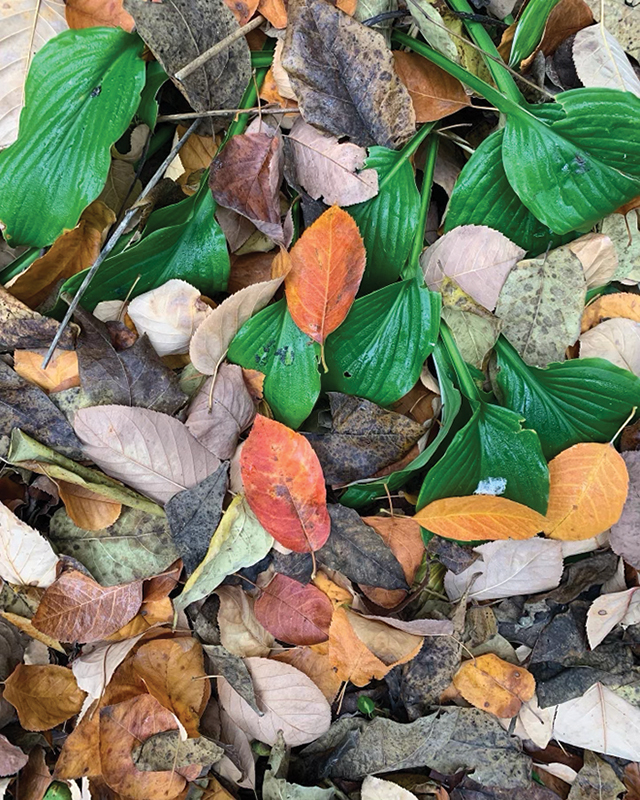
Fallen leaves over winter provide an ecosystem for important insects such as bumblebees
I still look down at the leaves under my shoes. The best moments are when I’m running errands, distracted and then the brightness of a very special leaf catches my eye. And I pause to appreciate its vivid beauty. The multi-color patterns and intricate lines are pretty amazing when you look closely. But they do not last. Maybe their inevitable decay is why they are so precious. Like all things of nature – nothing gold can stay.
Leaves change color as the length of the night increases and they receive less chlorophyll. With this, a biochemical process begins which determines the color changes that produce the beautiful hues of fall foliage.
It may be tempting to clean up the yard on a sunny autumn day, raking, blowing, and bagging up the leaves. But it is best to leave nature’s natural process alone. Butterflies, bees, moths, spiders, and other pollinators and insects rely on the bed of fallen leaves as their food source and ecosystem over winter. And yes, I said bees… newly mated bumblebee queens hibernate in small nests underground – about 3-5 inches below the soil, protected by leaves. They emerge in the spring to find the perfect location to start their new hive family. And the queen does this all on her own until her first brood is hatched. Queen’s rule! I hope this bumblebee fact makes you think twice about raking the yard this weekend.
Other benefits to leaving the leaves:
- Less work.
- Leaves form a natural mulch that enriches the soil. I wrote a column about it a few months ago, check it out… Mulch Grows Soil.
- Use some to make lovely seasonal artwork for yourself and/or to educate your children.
My friend Jodi Jordan Mulvanerty is a Pre-K teacher. She was inspired by the fall foliage and made collages with her students. Get creative with the colorful nature around you. If you make artwork using leaves, tag me on Instagram (@theglorifiedtomato), I’d love to share the work on my feed!
